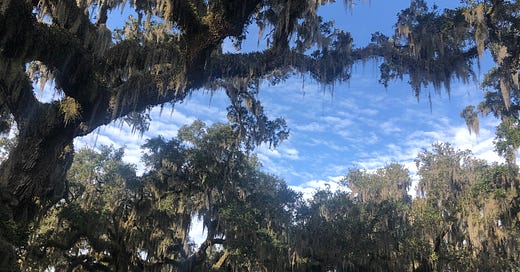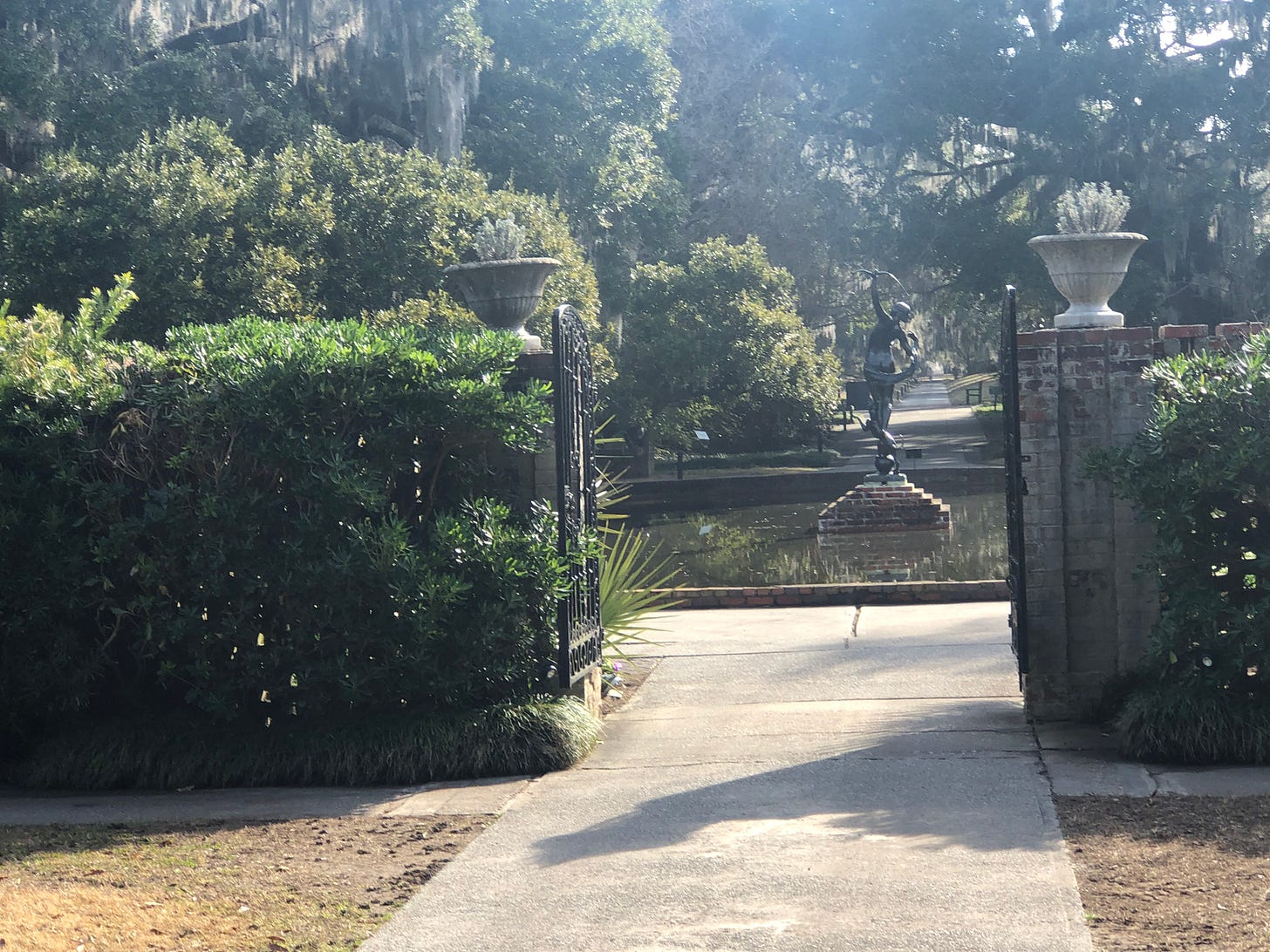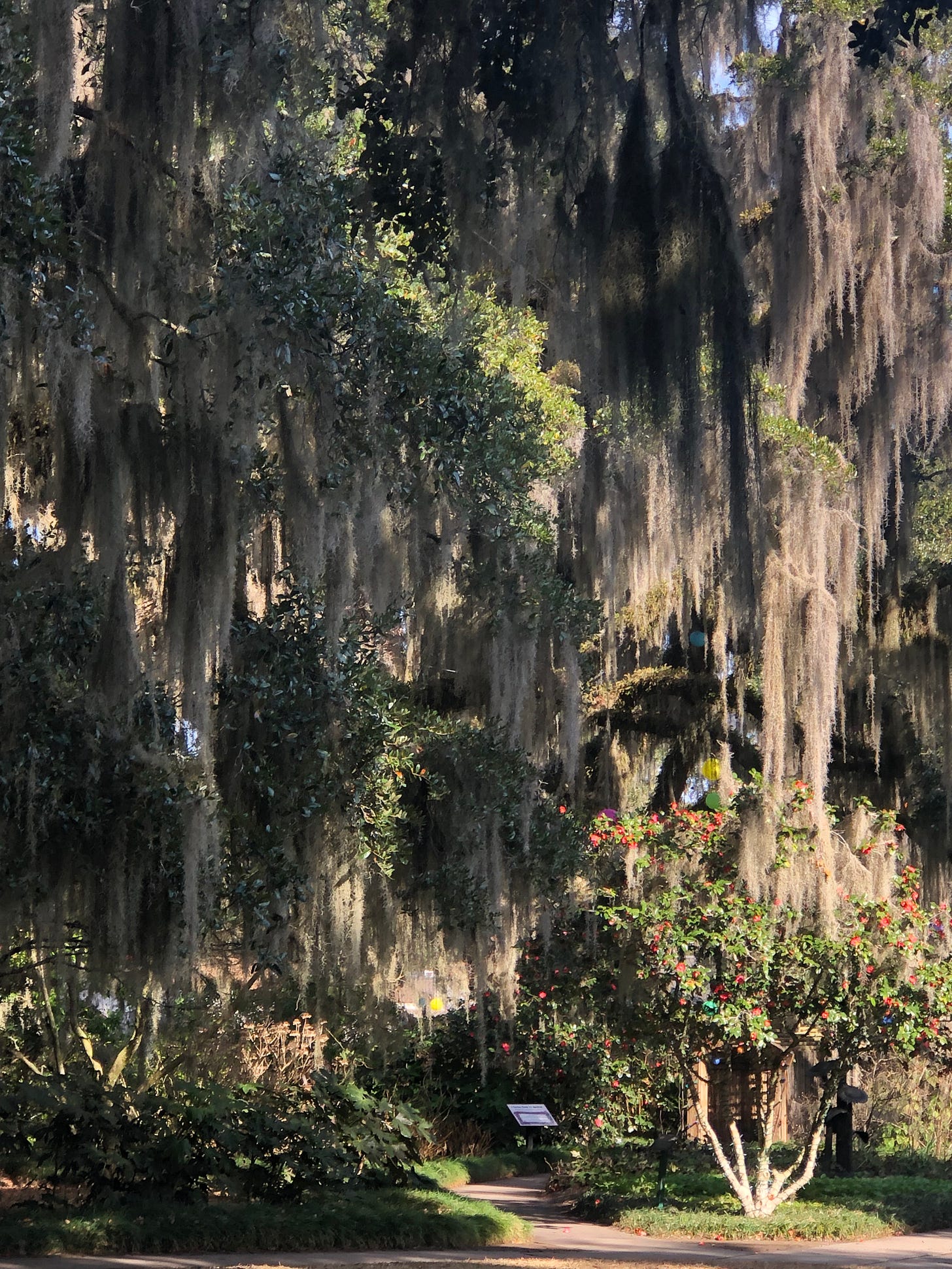Since I’m still relatively new to creating a native plant paradise, I’ve been looking online for inspiration. Folks worldwide have designed magnificent gardens that I’d love to emulate. Of course, it’ll take years to replace all our turf grass and bare ground with a colorful panorama that’ll reflect my dreams. But I’ve got to start somewhere, right?
GrowItBuildIt.com must have read my mind. They published an article on starting a native plant garden from scratch. I was already familiar with the basics—choosing the site(s), determining the sunlight, moisture, pH, etc., prepping it, and choosing the proper flowers. However, having all the information in one place for reference is nice. It’s a keeper!
The blog post reminded me that it was time to start preparing my seeds for spring. I plan to spend the colder months sowing the wildflower seeds I collected during the summer and autumn. Winter Sowing is a fabulous way to stratify perennials and harden all my seedlings before transplanting them into the garden in the spring. This method makes life easier by enabling me to plant the seeds on a schedule that suits me. I can prepare one, twenty, or fifty containers each month. Whatever I want to do. From the end of December, when I work on perennials and annuals, until the beginning of April, when I start my veggies, I can keep busy doing what I love. Check out this link and tell me what you think about winter sowing.
Exploring Close to Home
Meanwhile, I can use other sources of inspiration. Brookgreen Gardens in Myrtle Beach, SC is a fabulous 9,000-acre nature preserve that houses magnificent sculptures and native habitats.
I’ve lived in this area for 40 years and visited Brookgreen Gardens for the first time in January 2024. You see, I only go to the beach when I have to. I just can’t cope with the insane tourists who invade the Grand Strand all year round.
I genuinely regret letting my fear of death by a distracted out-of-town driver cause me to miss out on such a treasure for all those years. Brookgreen is a naturalist’s paradise!
The property comprises formal gardens, undeveloped salt marshes, woodlands, and river bluff forests that protect over 2,000 species of native plants and insects along with a variety of other wildlife, including wild turkeys, fox squirrels, and a multitude of songbirds.
There was too much to see in one trip. We bypassed the non-native flowers populating the formal gardens and toured the lesser-traveled paths with guides from the Native Plant Society. We only visited a small portion of the acreage, which was awesome. Strolling along the walkways was an educational experience. In just a few hours, I learned a lot about the indigenous plants in this area.
Horticulturist Jason Flynn gave us a tour of his pride and joy – Brookgreen’s native plant garden. He explained how local geology played a role in the evolution of plants, insects, and animal life in South Carolina and highlighted some of the effects of humans on nature. Sadly, all we observed this time around were the remaining stems and dried flower heads of the native plants. However, I did get the names of some flowers and shrubs I can plant in our yard. Excellent!
On my next trip, I plan to follow the Trail Beyond the Garden Wall (TBGW). Originally, it was reserved for staff as a shortcut between the north and south ends of the Gardens. However, now it’s open to the public to admire the fantastic native plants growing wild.
I don’t want this to sound like an advertisement, but Brookgreen Gardens truly is a pleasant haven to get away from the rest of the world. Walking under the live oaks draped with Spanish moss while enjoying an up-close-and-personal view of the many ecological wonders truly outshines any images viewed online.
I look forward to incorporating everything I learned into our Hometown Habitat. I’m hoping for better luck with my gardening endeavors next season. So, please keep your fingers crossed that my efforts will succeed.
Dear Reader,
I'd be ever so grateful if you would take a few minutes to recommend Let's Get Our Hands Dirty to your followers on Substack and other social media platforms.
Thank you!
Greta
Let's Get Our Hands Dirty is a reader-supported publication. This post is free as are all my posts. Please subscribe so you can receive notification when new articles are published. I'd love for you to become a part of our nature-loving family. Basic subscriptions are free, but if you sign up for a paid subscription as a love offering, that would be wonderful and greatly appreciated!
Have a fabulous day,
Greta
Please use the buttons below to Like, Comment, Restack, and Share my post on Substack and other social media platforms.
THANK YOU SO MUCH!









You are amazing.